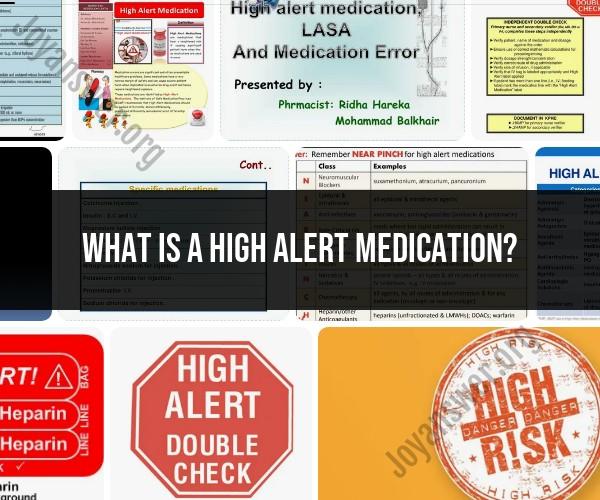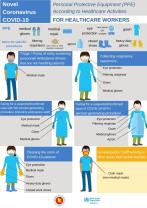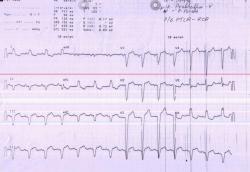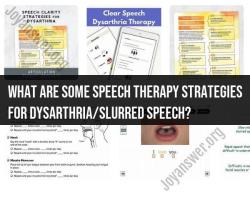What is a high alert medication?
High alert medications are a category of medications that have a higher risk of causing significant harm to patients when used in error. These medications are associated with a greater potential for adverse effects, and their use requires extra precautions to minimize the risk of medication errors. High alert medications can vary by country, but some examples are consistent worldwide. Common high alert medications include:
Chemotherapeutic Agents: Medications used in cancer treatment, including chemotherapeutic drugs, immunosuppressants, and biologic response modifiers, are considered high alert due to their potential for serious side effects and the need for precise dosing.
Insulin: Insulin is used to manage blood glucose levels in patients with diabetes. Errors in insulin dosing can lead to life-threatening hypoglycemia or hyperglycemia.
Opioids: Medications like morphine, fentanyl, and hydromorphone are powerful pain relievers that can cause respiratory depression and overdose if not administered correctly.
Anticoagulants: Blood-thinning medications like heparin and warfarin require careful dosing and monitoring because errors can lead to bleeding complications or thrombosis.
Sedatives and Anesthetics: Medications used for sedation and anesthesia, such as propofol and midazolam, require precise dosing and monitoring to avoid adverse effects, including respiratory depression.
Neuromuscular Blocking Agents: These medications, used during surgery or in critical care settings, can cause paralysis and respiratory arrest if not administered correctly.
Intravenous Potassium: High concentrations of intravenous potassium can cause cardiac arrhythmias, so its administration requires careful monitoring and dilution.
Epidural and Intrathecal Medications: Medications administered into the epidural or intrathecal space for pain relief or anesthesia require precision, as errors can lead to serious neurological complications.
Chemical Restraints: Medications used for the restraint of agitated or violent patients, such as haloperidol or lorazepam, need careful administration to avoid excessive sedation or adverse reactions.
High alert medications demand special attention and safeguards to minimize the risk of medication errors. Some strategies for ensuring the safe use of high alert medications include:
Standardization: Use standardized protocols and order sets for prescribing and administering these medications.
Double-Checking: Implement a double-checking process, where two healthcare professionals independently verify medication orders and administration.
Education and Training: Provide specialized training to healthcare professionals who handle high alert medications, including proper dosing, administration, and monitoring.
Labeling and Packaging: Ensure that high alert medications are clearly labeled, and consider distinctive packaging to prevent confusion.
Barcoding and Scanning: Utilize barcode scanning systems to verify patient identity and match medications to the prescription.
Automated Dispensing Systems: Use automated dispensing systems to store and distribute high alert medications, enabling controlled access and tracking.
Reporting and Analysis: Encourage the reporting of near misses and errors involving high alert medications, and conduct thorough root cause analysis to prevent future incidents.
Limit Access: Restrict access to high alert medications to authorized personnel only.
Ongoing Monitoring: Continuously monitor and audit practices related to high alert medications to identify areas for improvement.
Patient Education: Educate patients and their families about the risks associated with high alert medications, as well as the need for active involvement in their care.
High alert medications are a critical concern in healthcare due to their potential for serious harm. The healthcare industry places a strong emphasis on safeguards and best practices to minimize the risk of errors and ensure the safe use of these medications.
High Alert Medications: A Closer Look at Safety Measures
High-alert medications (HAMs) are medications that bear a heightened risk of causing significant harm when used in error. These medications can be dangerous even when used as prescribed, and they can be especially harmful if given to the wrong patient, in the wrong dose, or by the wrong route.
HAMs include a wide range of medications, such as:
- Anticoagulants (blood thinners)
- Insulin
- Opioids
- Chemotherapy drugs
- Sedatives
- Electrolyte solutions
Safeguarding Patients with High Alert Medication Protocols
Hospitals and other healthcare organizations have implemented a variety of safety measures to protect patients from harm from HAMs. These measures include:
- High alert medication protocols: These protocols include specific steps that healthcare professionals must follow when prescribing, dispensing, and administering HAMs. For example, protocols may require two independent checks of all HAM orders and the use of barcodes to verify that the right medication is being given to the right patient.
- Education and training: Healthcare professionals are required to receive training on the safe use of HAMs. This training covers topics such as how to identify HAMs, how to follow HAM protocols, and how to report medication errors.
- Technology: Healthcare organizations are using technology to improve the safety of HAM administration. For example, some hospitals have implemented computerized physician order entry (CPOE) systems that can help to identify potential drug interactions and allergies.
Risk Mitigation Strategies for High Alert Medications
In addition to the safety measures implemented by healthcare organizations, there are a number of things that individuals can do to reduce the risk of harm from HAMs. These include:
- Ask questions: If you are prescribed a HAM, be sure to ask your doctor about the purpose of the medication, how to take it correctly, and what to do if you have any side effects.
- Be aware of your allergies: Tell your doctor and pharmacist about all of the allergies that you have, including drug allergies.
- Take your medications as prescribed: Do not take more or less medication than prescribed, and do not skip doses.
- Store medications safely: Keep medications in their original containers and out of reach of children.
- Dispose of medications properly: Do not flush medications down the toilet. Instead, take them to a pharmacy or other designated disposal site.
Reducing Errors and Promoting Safety with High Alert Drugs
By following the safety measures and risk mitigation strategies outlined above, healthcare professionals and individuals can work together to reduce the risk of harm from HAMs. This can help to improve the safety of healthcare for everyone.
Here are some additional tips for reducing errors and promoting safety with high alert drugs:
- Use clear and concise language when prescribing and dispensing HAMs. Avoid using abbreviations or acronyms, and be sure to specify the dose, route, and frequency of administration.
- Double-check all HAM orders and prescriptions before dispensing or administering the medication.
- Use barcodes to verify that the right medication is being given to the right patient.
- Be aware of the potential for drug interactions and allergies when prescribing and dispensing HAMs.
- Educate patients and caregivers about the safe use of HAMs.
High Alert Medications and the Path to Improved Healthcare
By reducing errors and promoting safety with high alert medications, healthcare organizations and individuals can help to improve the quality of care for everyone. This can lead to better outcomes for patients and a more efficient and cost-effective healthcare system.
In addition to the safety measures outlined above, there are a number of other things that can be done to improve the safety of HAMs. These include:
- Developing new technologies to help prevent medication errors. For example, some companies are developing smart pill bottles that can alert patients when they are due to take their medication and that can prevent them from taking the wrong medication.
- Conducting research to better understand the causes of medication errors and to develop strategies to prevent them.
- Educating patients and caregivers about the importance of medication safety.
By working together, we can make healthcare safer for everyone.













